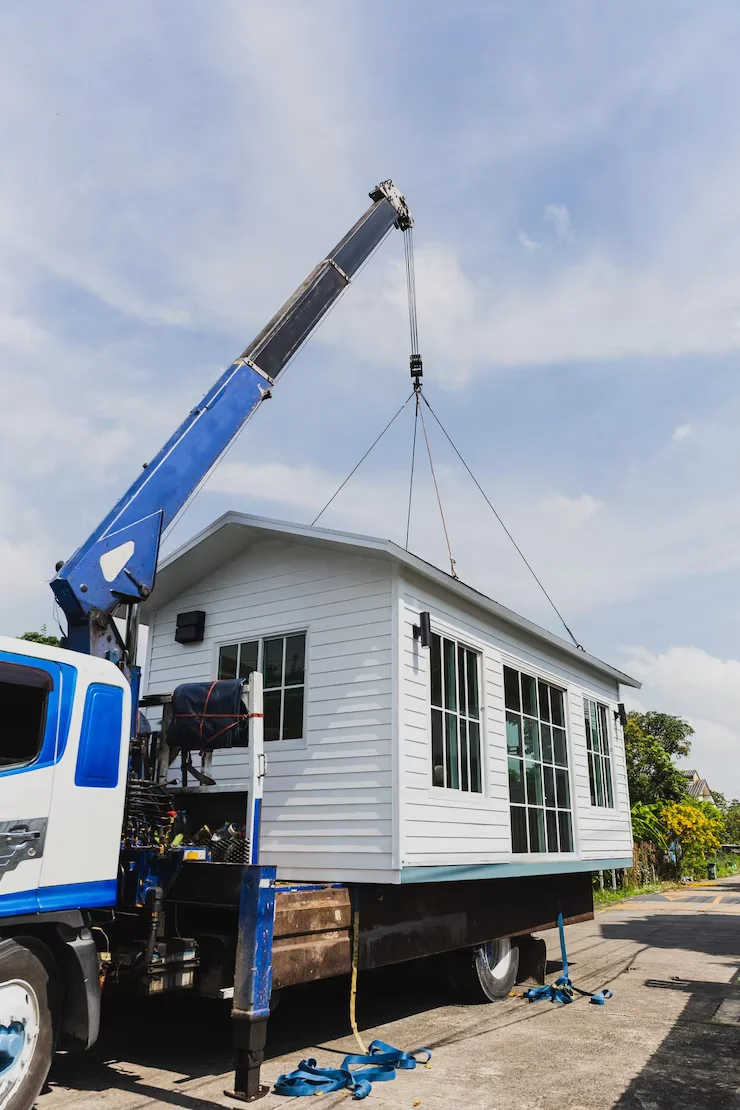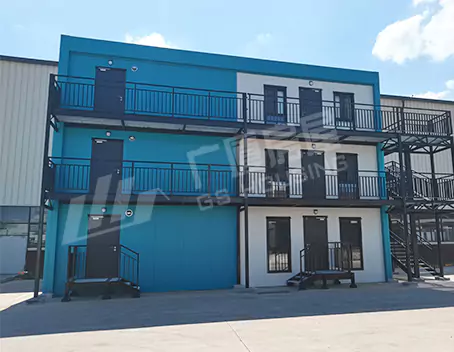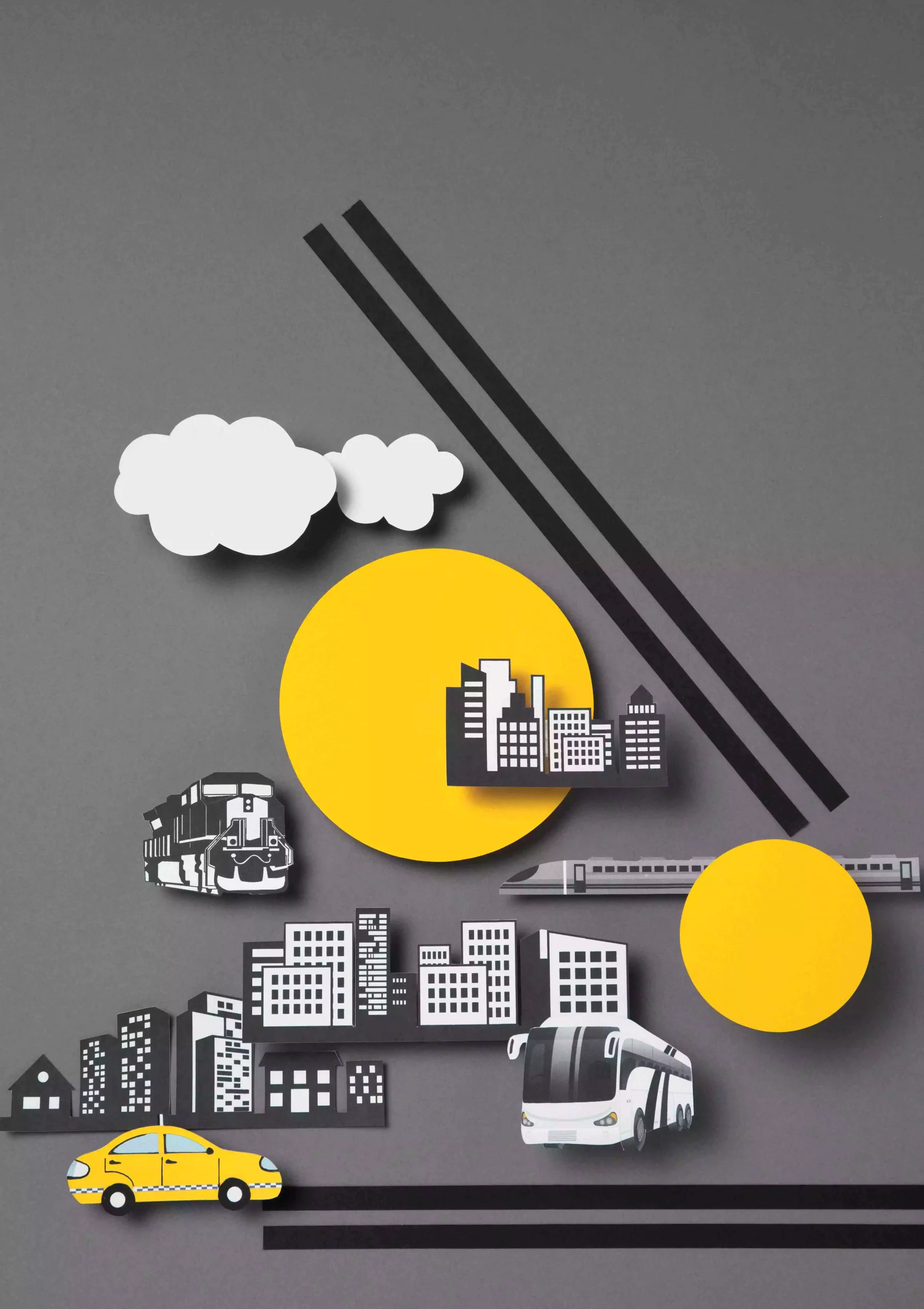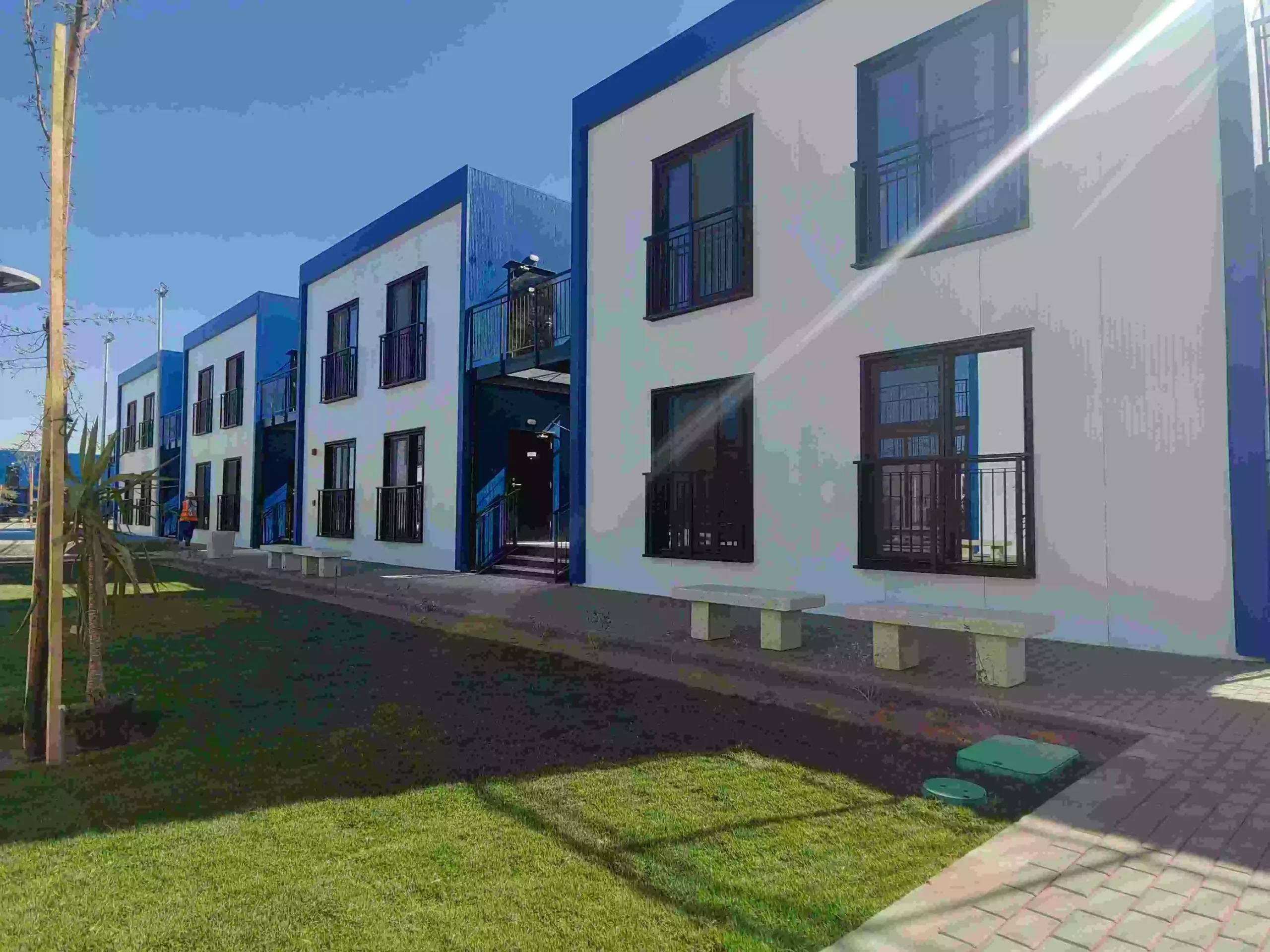How to Optimize Expenses in Building a Prefab House
How to Optimize Expenses in Building a Prefab House
Prefab houses are changing how we live with their easy setup, low cost, and green designs. These smart homes—like tiny houses or modular container homes—offer quick building, eco-friendly features, and affordable solutions for short-term or long-term living. Whether for remote work camps, disaster relief, or simple living, portable homes mix usefulness with easy moving. Learn how clever designs, renewable energy, and smart transport make them a big deal in today’s housing world.

What Defines a Prefab House?
Key Features of a Prefab House
Prefab houses are shaking up the housing game. They’re built for easy moving and flexibility, offering a fresh way to create temporary or semi-permanent homes. The flat-packed container house has a simple, safe structure and needs only a basic foundation. It lasts over 20 years and can be moved many times. This makes them perfect for places like remote project sites, disaster areas, or vacation spots.
A big feature is their prefab nature. Setting them up on-site is fast and easy. There’s no loss or construction waste when taking them apart or putting them together. They’re made in advance, flexible, energy-saving, and kind to the planet. This cuts labor costs and fits with green building ideas.
Benefits of Choosing a Prefab House
Picking a portable house comes with lots of perks. First, they’re much cheaper than regular buildings. They cost less and can be reused without making much waste. Also, their modular design lets you customize them for your needs—like changing sizes or adding features.
Plus, prefab houses are tough and work well in rough places. The container is super strong, holding more weight than regular buildings. It resists rust and has some fire protection. This makes them great for industries like mining or oil and gas, where workers need solid homes in far-off areas.
How Can You Optimize Costs in Prefab House Design?
Picking Space-Saving and Useful Designs
To save money while keeping things useful, focus on designs that use space well. Modular layouts are awesome because they create small but functional homes. For example, using furniture that serves multiple purposes or foldable fixtures saves space while keeping things comfy.
Standard designs also help cut costs by reducing wasted materials during building. Prefabricated camp designs are standard and efficient but can be tweaked to fit specific needs. This mix of affordability and flexibility is a win-win.
Material Choices for Cheap Building
Choosing the right materials is key to keeping costs low. Light but strong materials like steel frames or insulated panels are perfect for prefab houses. They keep the structure solid and lower transport costs because they’re not heavy.
Using recycled materials, like old shipping containers, is both green and budget-friendly. These containers are carefully redesigned and reused. This not only helps the environment but also makes your portable house look cool.
Why Does Modular Construction Matter in Cost Optimization?
Advantages of Modular Parts in Prefab Houses
Modular construction is the heart of affordable portable homes. By using factory-made parts that are put together on-site, you save big on time and labor costs. Building a K-HOME temporary camp is way faster than traditional methods.
This approach is also super flexible. Modular parts can be easily moved and rebuilt in new places without losing strength. This is great for industries needing temporary setups, For example,the Wenchuan earthquake in China and the COVID-19 pandemic in 2019. 1,000 Chinese-aided containerized housing units deployed within 72 hours after Turkey earthquake in 2023 [Source: UNDP. (2023). Turkey Earthquake Response Report.]
GS Housing’s Modular Products and Their Cost Perks
GS Housing is a leader in modular construction. Their smart approach combines design, assembly, quality checks, and packing into one smooth process. Following the national idea of green prefab architecture, the prefabricated container house uses smart factory production with strict quality control and high efficiency.
Using GS Housing’s modular products, you get the benefits of large-scale production that keeps costs low without losing quality. Whether you’re building worker camps or creative homes like container-style vacation spots, their products meet many needs while staying budget-friendly.

Energy Efficiency and Sustainable Solutions for Prefab Houses
How Can Renewable Energy Fit into Prefab House Design?
Adding renewable energy to portable house designs is a big step toward being green. Solar panels can go on rooftops to catch sunlight and power lights, heating, or other needs. Also, wind turbines can be added in windy areas to boost energy options.
Prefab houses can use geothermal heating to keep indoor temperatures steady without using much energy. By tapping into the earth’s natural heat, these systems cut reliance on regular heating. The prefabricated container house is made in factories with smart production and high quality control. This makes it easy to add renewable energy parts during building.
Rainwater collection systems also help by saving water. They gather rain for things like watering plants or cleaning, making prefab houses even more eco-friendly.
What Are GS Housing’s Energy-Saving Solutions for Portable Homes?
GS Housing leads the way with energy-saving solutions for portable homes. Their modular building methods focus on being green without losing usefulness. On-site setup is quick, easy, and creates no waste when taking apart or putting together houses. This lowers environmental harm and ensures long-term use.
They use advanced insulation materials and smart designs to improve heat efficiency. This keeps homes warm in winter and cool in summer, saving lots of energy. Their focus on green prefab architecture matches national goals for sustainable growth.
Transportation and Installation Considerations
How Can Smart Transport Planning Save Money?
Smart transport planning is key to cutting costs for prefab houses. Modular parts are made to be small and light, so you can ship many at once. The flat-packed container house has a simple, safe structure and needs little foundation work. This lets you transport multiple units together, making logistics cheaper.
Also, planning the best routes cuts fuel use and travel time. Picking paths with fewer delays saves money and lowers emissions. Reusable packing materials add to savings by reducing waste during shipping.
Why Is Easy Installation Important?
Easy installation is a must for making portable house projects efficient. Modular construction lets parts be put together fast on-site without fancy tools or lots of workers. Building a K-HOME temporary camp is much quicker than regular construction.
Pre-made foundations also make setup simpler while keeping the structure strong. The ability to take apart and rebuild these homes multiple times stretches their lifespan, giving great value for your money.
FAQs
Q1: What renewable energy options work best for prefab houses?
Solar panels and wind turbines are great because they work in many places and can be scaled up or down.
Q2: How does modular construction help with transport?
Modular parts are small and light, so you can ship lots at once, saving money and making transport easier.
Q3: Are there extra perks to easy installation?
Yes! It saves time, cuts labor costs, and keeps project sites calm while keeping the structure solid.
Prev:What Is a Flat Pack House? A Complete Guide for Eco-Minded Buyers
Next:How MIC Construction Aligns with Sustainable Building Practices
Related Content
-
 Company newsGS HOUSING Delivers 200 Modular Houses in 3 Days
Company newsGS HOUSING Delivers 200 Modular Houses in 3 Days -

-
 Industry newsSmart Tips To Reduce Your Costs By Container Houses
Industry newsSmart Tips To Reduce Your Costs By Container Houses



